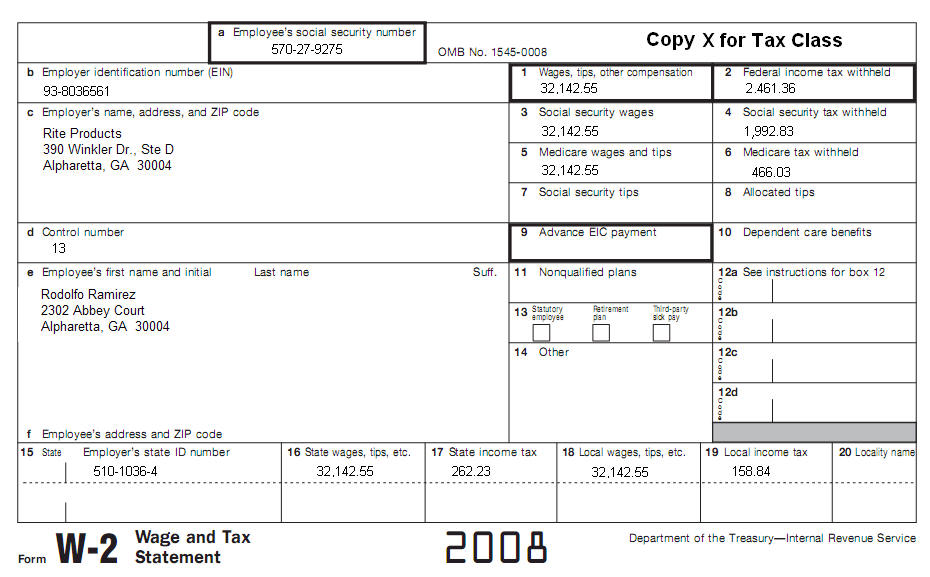|
|
||||||||||||||
|
Tax Lesson 5 - Standard Deduction VS Itemized Tax Deductions
|
||||||||||||||
Every tax year, you either have to use the standard deduction that is provided to you depending on your filing status and certain other situations. The standard deduction for most taxpayers who do not itemize their deductions is usually higher every year. The standard deduction annual increase is usually due to inflation adjustments. Itemizing your deductions on the other hand is based on any state or real estate taxes, medical and dental expenses, home mortgage interest and job expenses. You have a choice on which of the two deductions to use, standard or itemized. However, you would normally choose the higher amount because it will give your the greater benefit.Tax School Homepage Student Instructions: Print this page, work on the questions and then submit test by mailing the answer sheet or by completing quiz online. Instructions to submit quiz online successfully: Step-by-Step check list Answer Sheet Quiz Online
Most forms are in Adobe Acrobat PDF format.
Use IRS Publication 501, Schedule A (1040) instructions to complete this tax topic. Prepare a Federal Form 1040 return for Rodolfo Ramirez. Fill out a Schedule A (Form 1040) with all the following deductible expenses to complete the return.
Get all their basic information from the following W2, including income information.
|
||||||||||||||
| Back to Tax School Homepage |




